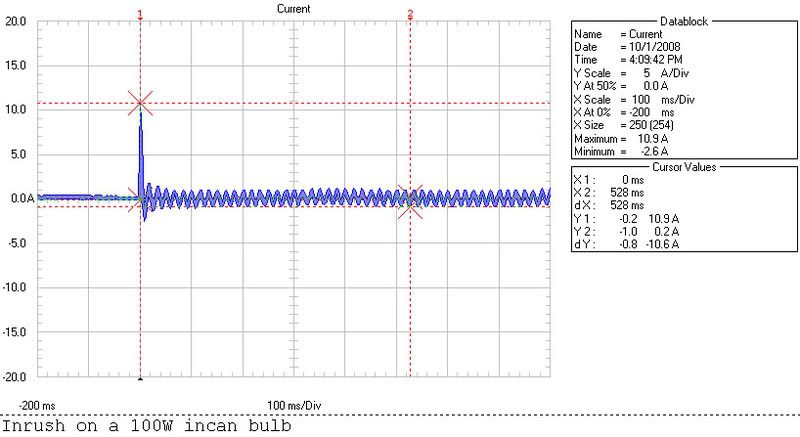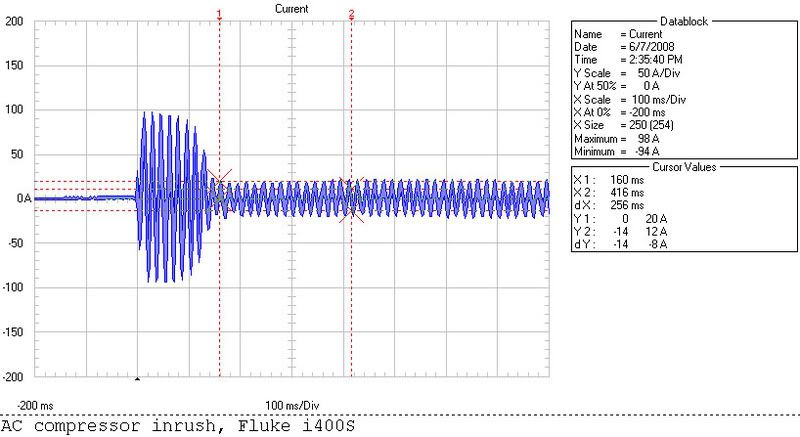This is a typical size 2 starter with an MCP breaker and solid state overloads. .
Yeah, that is what I was refering to in post 14.
The way this application was designed, a starter was used to control the heaters turning on and off. .
And the designers do it that way cause they want the electronic overload for the connection to the plc, and maybe even to control the starter contactor. And they don't want to order a bucket with a thermal-mag cb cause it would be different than all of the rest.
The part I have squawked about (to the design staff) is I don't think using a mag only CB meets code. I point to 240.9 (2005) - the contactor is not rated for fault currents, that is what the CB is for.
And they say but we have an instantaneous CB for the faults. The overload is set way low enough to protect the conductor - they are right about that part.
And I say the only place a mag only is mentioned is 430.
And I have not heard an AHJ tell them they were wrong.
So, if you are following the logic that says 240.9 doesn't apply, and a mag-only cb with an overload is okay, then:
Set the mag-only cb about anywghere you want - it just has to be inside of the conductor damage curve.
Set the overload to where it protects the conductor - or lower. Since most electronic overloads are set to trip at 125% of the programmed FLA, after a really long time, I'd guess you want the programmed setting to be at 80% of 80% of the conductor ampacity. For 20A wire, that would be 12.8A or lower. Maybe there are design constraints on the heater installation that tell you to set the OL lower - that I would not know.
As I said earlier, the overload is not protecting the heater. If the heater fails, it's dead, nothing to protect. The conductor however has to be protected per 240.4 (2005) - doesn't matter if the heater failure mode is open circuit or not.
cf



